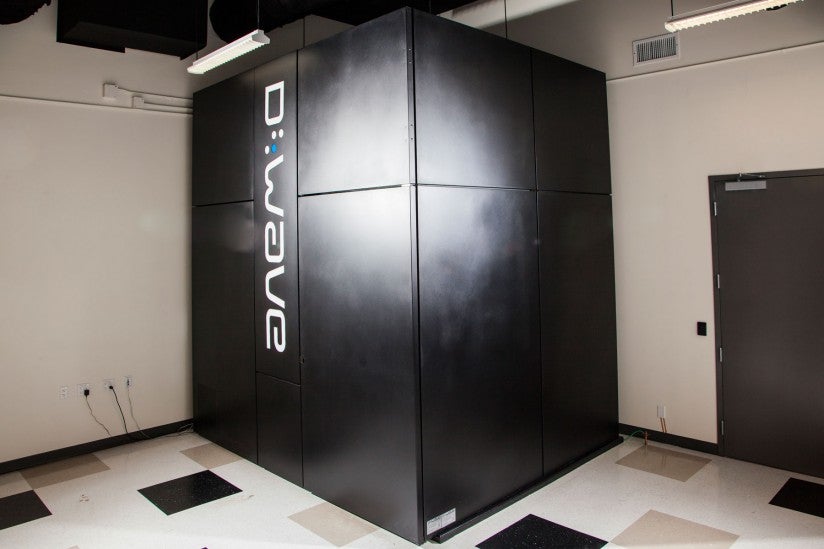World’s most powerful quantum computer now online at USC
The new processor will be used to investigate the possibilities of the advanced technology on real-world problems
Following a recent upgrade, the USC-Lockheed Martin Quantum Computing Center (QCC) based at the USC Information Sciences Institute (ISI) is now the leader in quantum processing capacity.
With the upgrade — to 1,098 qubits from 512 — the D-Wave 2X processor is enabling QCC researchers to continue their efforts to close the gap between academic research in quantum computation and real-world critical problems.
The new processor will be used to study how and whether quantum effects can speed up the solution of tough optimization, machine learning and sampling problems. Machine-learning algorithms are widely used in artificial intelligence tasks.

“Our QCC researchers have been studying and elucidating the capabilities of the D-Wave quantum annealing processors since 2011, starting with the first commercially released model, and we are fortunate to be able to continue this cutting-edge work with this new, third-generation model,” said Daniel Lidar, the scientific director of the USC-Lockheed Martin Quantum Computing Center.
The QCC is hosted at the USC Information Sciences Institute of the USC Viterbi School of Engineering. The QCC hosts one of two D-Wave systems that currently operate outside of D-Wave’s headquarters; the other, owned by Google, is hosted at NASA’s Ames Research Center. A third is being installed at Los Alamos National Laboratory.
“Research advances and new insights from the quantum computing research group at ISI have, over the past few years, re-shaped the national conversation about quantum computing. This significant new upgrade provides an even more powerful platform for the group to push the boundaries of quantum computing,” said Prem Natarajan, the Michael Keston Executive Director of the USC Information Sciences Institute.
“Quantum computing has the potential to solve complex engineering problems that classical computers cannot efficiently solve,” said Greg Tallant, Lockheed Martin fellow and lead for the USC-Lockheed Martin QCC. “This emerging technology is expected to achieve things like rapidly debugging millions of lines of software code and solving hard computational problems in the aerospace industry. At its fullest capability, quantum computing could advance the way we solve critical issues and plan for future generations.”
The QCC researchers expect that with continued development, the D-Wave 2X system will enable breakthrough results in quantum optimization.



